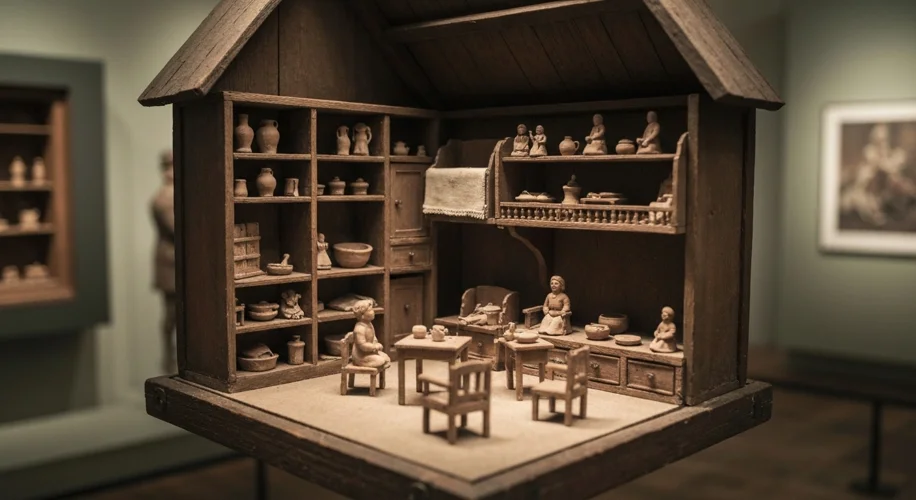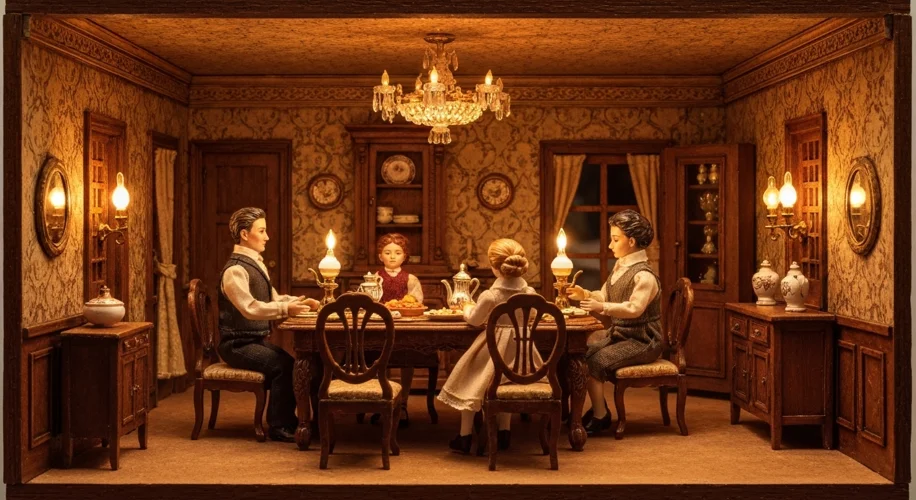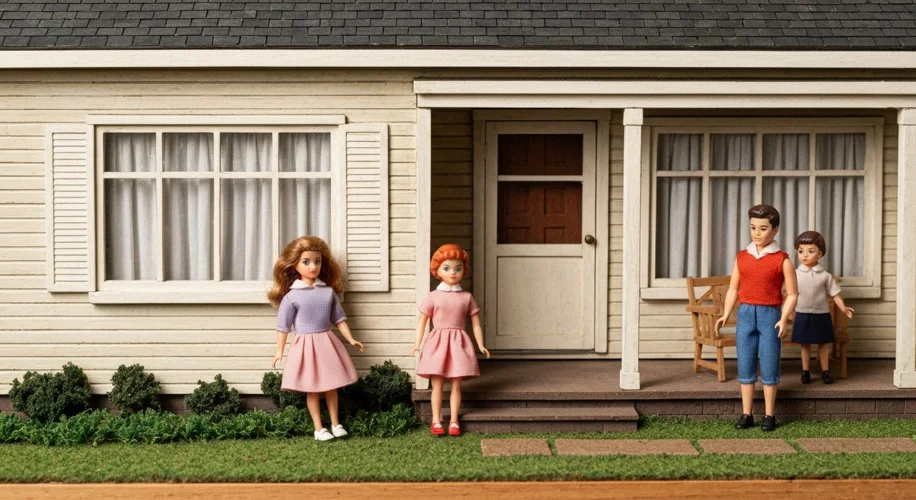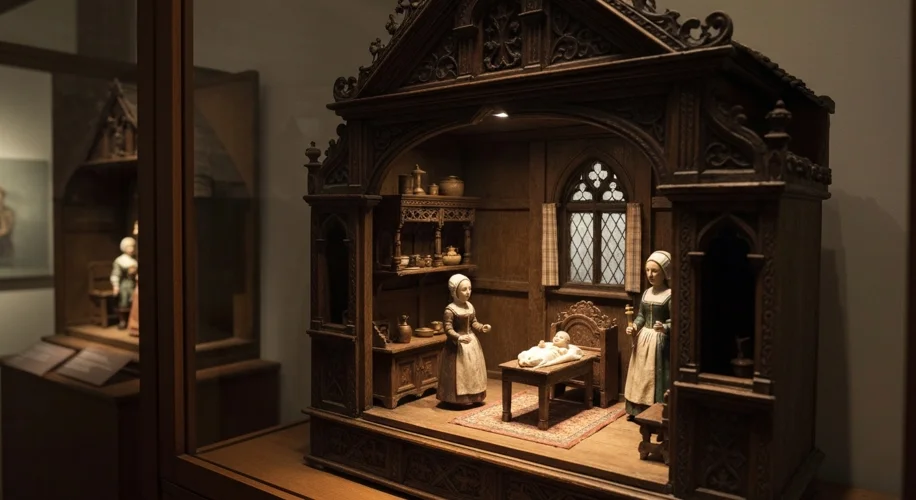Step back in time, not through a dusty tome, but through the tiny windows of a world in miniature. The dollhouse, a seemingly simple toy, is in fact a profound historical artifact, a silent storyteller revealing the social customs, domestic lives, and evolving aspirations of generations past. Its journey, from the humble abodes of 16th-century Germany to the lavishly appointed homes of today, is a captivating chronicle of human history itself.

The story of the dollhouse doesn’t begin with playthings for children. In fact, the earliest examples, known as “kinderkasten” or baby houses, emerged in the 16th century in the Netherlands and Germany. These were not toys in the modern sense, but rather elaborate, cabinet-like displays, meticulously furnished with tiny replicas of furniture, china, and even silverware. They were essentially miniature adult homes, intended not for a child’s amusement, but as educational tools for wealthy girls, teaching them about household management and interior design. Imagine a young noblewoman in training, her eyes scanning the impossibly small details of a linen cupboard or a miniature dining set, absorbing lessons in domesticity before she even considered running her own household.
These “kinderkasten” were marvels of craftsmanship. They were often built to a scale of about 1:12, allowing for incredible detail. Doors would open, drawers would slide, and even tiny books with printed pages could be found within. The focus was on realism and the accurate depiction of adult life. A wealthy family might commission a “kinderkasten” that mirrored their own home, down to the very patterns on the wallpaper and the fabrics used for the upholstery. It was a tangible way to impart social standing and domestic responsibilities.
As centuries turned, so too did the nature and purpose of the dollhouse. The 18th century saw a shift, with more portable, open-fronted dollhouses appearing, suggesting a growing interest in play. Yet, these remained largely the domain of the affluent. The 19th century, however, marked a significant democratization of the dollhouse. The Industrial Revolution brought mass production, making these miniature homes more accessible to the burgeoning middle class. Suddenly, children could own their own little worlds.

Victorian dollhouses, in particular, are iconic. They often reflected the era’s obsession with domesticity, order, and intricate detail. These homes were filled with furniture, accessories, and even tiny family members, allowing children to act out domestic scenes and learn social norms. Imagine the clatter of tiny teacups, the hushed conversations of miniature parents, and the careful arrangement of furniture – all within the confines of a child’s bedroom. The detailed interiors of Victorian dollhouses provided a window into the social structures and daily routines of the era, from the formal parlors to the bustling kitchens.
However, the dollhouse wasn’t just about replicating the real world; it also became a canvas for imagination and aspirational living. The 20th century saw dollhouses evolve further, catering to changing childhoods and design trends. The iconic American Colonial dollhouses, with their charming exteriors and symmetrically arranged rooms, became popular. Then came the modern era, with sleek, contemporary designs reflecting mid-century modern and later architectural styles. The scale might have remained roughly the same, but the aesthetics, the materials, and the very idea of what a dollhouse represented continued to transform.

Consider the impact of iconic doll brands like Barbie. Her Dreamhouse, introduced in 1962, was not just a dollhouse; it was a symbol of aspiration, independence, and a certain Californian dream. These were no longer just miniature replicas of traditional homes but statement pieces, reflecting contemporary lifestyles and desires. The Barbie Dreamhouse, with its vibrant colors, modern amenities, and even an elevator, showcased a vision of living that was fashionable, fun, and perhaps a little out of reach for many, mirroring broader societal aspirations.
What the dollhouse tells us is remarkable. It’s a mirror to our past, reflecting not just the physical spaces we inhabited, but also our values, our social hierarchies, and our dreams. From the educational “kinderkasten” of the wealthy to the mass-produced playthings of the modern era, each dollhouse is a miniature testament to the evolving human story. They remind us that even in the smallest of worlds, the grand narratives of history are powerfully at play.
This evolution, from a pedagogical tool to a cherished toy and a collector’s item, underscores the dollhouse’s enduring appeal. It’s a tangible link to our past, a miniature stage for our present stories, and a silent promise of the worlds yet to be imagined.

